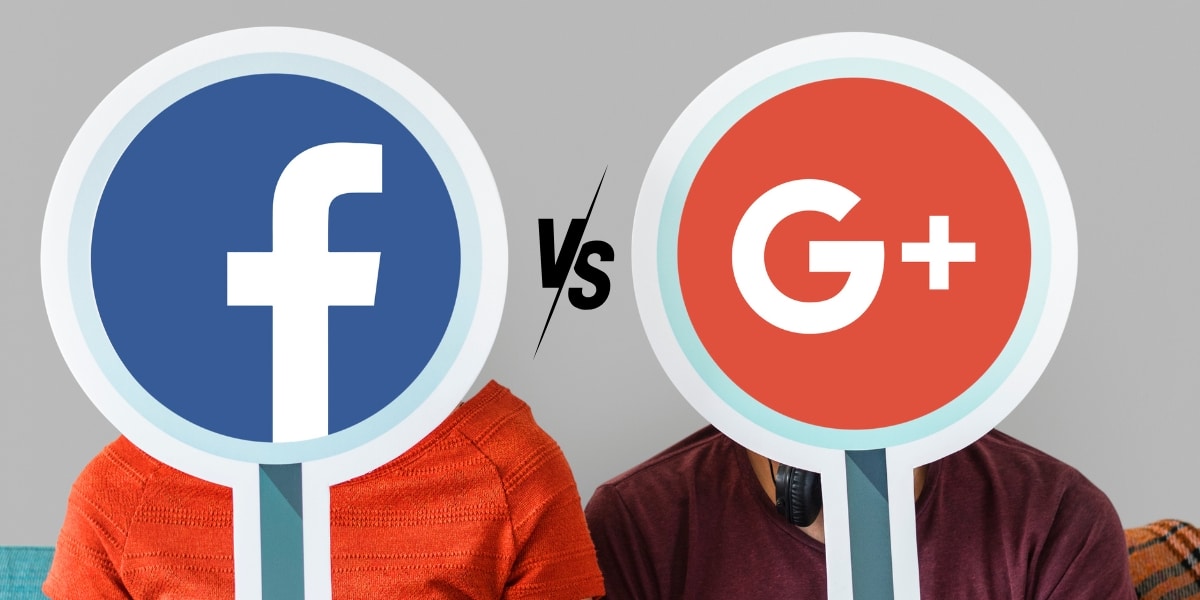Why Digital Advertising Matters
Digital advertising has become essential for businesses looking to grow and reach new customers. Whether you’re a small business or a large enterprise, online advertising offers numerous benefits that traditional methods simply can’t match. It helps you target specific audiences, increase brand awareness, and drive conversions, all while being more cost-effective.
As digital marketing trends continue to evolve, businesses that invest in digital ads gain a competitive edge. This shift from traditional advertising to digital platforms has changed the way brands interact with their audiences, making online advertising a crucial tool for success in the modern era.
Understanding Google Ads
Google Ads is an online advertising platform created by Google that allows businesses to display ads across Google’s search engine and its advertising network. It operates on a pay-per-click (PPC) model, meaning advertisers only pay when a user clicks on their ad. Google Ads offers various ad formats, including text ads, display ads, shopping ads, and video ads, which can appear on Google search results, YouTube, and across websites in the Google Display Network.
Strengths of Google Ads
Google Ads offers several key strengths that make it a powerful advertising platform for businesses.
High-Intent Targeting
One of the biggest strengths of Google Ads is its ability to target high-intent search ads. This means businesses can reach users who are actively searching for products or services that match what they offer. By focusing on search intent targeting, Google Ads allows advertisers to connect with high-conversion users who are more likely to make a purchase or take action.
Expansive Reach
Google Ads provides an expansive reach through its vast network, including the Google Display Network and other platforms like YouTube and partner websites. This gives businesses access to a wide audience beyond just search results. With Google Ads campaign targeting, you can reach people based on their interests, behaviors and location further expanding your potential customer base.
Advanced Targeting Options
The power of keyword-based targeting in Google Ads allows advertisers to focus on the specific terms users are searching for. By using this form of search engine marketing (SEM), businesses can create more relevant ads that resonate with their target audience. This wide reach through Google platforms helps brands achieve greater visibility making Google Ads a highly effective tool for digital marketing.
Weaknesses of Google Ads
While Google Ads can be a highly effective advertising tool, it also comes with its set of challenges that businesses should be aware of.
Cost Considerations
One of the major weaknesses of Google Ads is the Google Ads cost. The platform can become expensive, especially for competitive industries where the high cost-per-click (CPC) can drive up ad spend quickly. Businesses must carefully manage Google Ads budgeting to ensure that their campaigns remain cost-effective. As ad pricing can vary greatly depending on the keywords targeted, competitive ad pricing may result in higher costs for popular search terms, which could impact overall profitability.
Learning Curve and Management Complexity
Another significant challenge is the learning curve of Google Ads. For those new to digital advertising, the platform can be overwhelming, requiring a solid understanding of its features, including Google Ads bidding strategy and ad optimization challenges. The complexity of Google Ads management means that advertisers must continuously monitor campaigns and make adjustments to improve performance. Missteps in managing or setting up Google Ads campaigns can lead to wasted budgets or underperforming ads.
Understanding Facebook Ads
Facebook Ads is an online advertising platform that enables businesses to promote their products or services on Facebook, Instagram, Messenger, and the Audience Network. It operates on a pay-per-click (PPC) or cost-per-impression (CPM) model, where advertisers pay based on user interactions or ad views.
Facebook Ads offers various ad formats, including image, video, carousel, and slideshow ads, which are shown in users’ social media feeds, stories or other placements across the Facebook ecosystem.
With its advanced targeting options, businesses can reach their audience based on demographics, interests, behaviors and even location. This makes Facebook Ads an effective tool for both brand awareness and lead generation, helping advertisers connect with users at different stages of the buying journey.
Strengths of Facebook Ads
Targeting Flexibility
One of the biggest strengths of Facebook Ads is its targeting flexibility. The platform offers advanced targeting options, allowing you to reach your audience based on specific factors like demographics, interests and behaviors.
With audience targeting, businesses can create tailored ads for different groups of people, from location targeting to custom audience targeting, ensuring that the right message reaches the right person at the right time. This allows advertisers to focus on high-potential customers and improve ad performance.
Visual Appeal
Facebook Ads are known for their visual appeal. The platform offers a variety of creative ad formats including image-based ads, video ads and carousel ads, all designed to capture attention in a visually engaging way.
With rich media ads and eye-catching visuals, businesses can showcase their products or services in a way that resonates with users. Whether through compelling images or engaging video content these ads create a strong visual impact that helps increase brand awareness and engagement.
Cost-Effectiveness
Another major advantage of Facebook Ads is its cost-effectiveness. It provides businesses with affordable advertising options, allowing them to run low-cost ads that still reach a wide audience. With flexible pricing models like cost-per-click (CPC) and cost-per-impression (CPM), you can control your budget and optimize for the best results.
This makes Facebook Ads a great option for businesses of all sizes, offering budget-friendly ads that can scale as needed. Whether you’re just starting or have a larger budget, Facebook Ads offers flexible ad spending options that align with your goals.
Key Differences Between Google Ads and Facebook Ads
User Intent
User intent is one of the key factors that differentiate Google Ads from other advertising platforms. Search intent refers to the reason behind a user’s search. With Google Ads, you target high-intent users who are actively looking for something specific. This means you can reach active searchers with ads that match their purchase intent, making it an ideal platform for intent-based advertising.
By understanding search behavior and consumer intent, businesses can effectively tailor ads to capture potential customers when they are most likely to make a purchase.
Targeting Capabilities
When it comes to targeting capabilities, both Google Ads and Facebook Ads offer powerful options but in different ways. Google Ads uses keyword targeting to reach users based on the terms they type into search engines.
On the other hand, Facebook Ads relies heavily on interest-based targeting, behavior-based targeting, and demographic targeting to reach people based on their interests, online activities and personal information.
Both platforms also offer location targeting to ensure your ads reach the right geographical audience and remarketing is available to re-engage users who have interacted with your business before.
Ad Formats
Both Google Ads and Facebook Ads offer a range of ad formats but they differ in presentation. Google Ads primarily features text ads that appear on search results and shopping ads that display product images alongside relevant search queries.
It also includes display ads that appear on websites in the Google Display Network. Meanwhile, Facebook Ads focuses on more visual ad formats, including image-based ads, video ads, and carousel ads that allow businesses to showcase multiple products or features.
Both platforms also use rich media ads to create engaging and interactive ad experiences, but Facebook Ads typically has a stronger emphasis on creativity and visual appeal.
How to Choose the Right Ad Platform for Your Business
Business Goals and Advertising Objectives
When choosing the right ad platform, start by considering your business goals and advertising objectives. Are you looking to increase brand awareness, generate leads or drive sales? Defining these goals helps narrow down the platforms that best support your needs.
Target Audience and Ad Platform Comparison
Next, think about your target audience. Different platforms offer various targeting options to help you reach the right people. Platform comparison is essential to determine which one allows you to target your audience based on demographics interests or behaviors.
Advertising Budget and Platform Features
Your advertising budget is a key factor in choosing an ad platform. Some platforms may offer more affordable options like cost-per-click (CPC) or cost-per-impression (CPM), while others may have higher costs. Be sure to look at the platform features to ensure it provides the right tools to meet your advertising needs within your budget.
ROI and Campaign Performance
Maximizing your ROI (Return on Investment) is important. Choose a platform that allows you to track campaign performance and optimize based on real-time data. Platforms that offer clear insights into ad performance can help you adjust your strategy for better results.
Ad Formats and Ad Placement
Different platforms provide various ad formats like image ads, video ads or carousel ads and deciding which format fits your campaign will influence your decision. Also consider ad placement, whether your ads will appear on social media, search engines or display networks, based on where your audience is most active.
Audience Engagement and Conversion Rate
Look for platforms that foster high audience engagement and have a good conversion rate for your goals. Whether you’re aiming to increase clicks or sales finding a platform that aligns with your objectives is key to driving conversions.
Platform Selection and Marketing Strategy
Ultimately, your platform selection should align with your marketing strategy. Consider whether you need social media advertising to build connections or search engine advertising to capture intent-driven traffic. Cross-platform advertising might also be effective for businesses looking to maximize reach.
Aside from Google Ads and Facebook Ads, other platforms like TikTok are rapidly gaining popularity as effective advertising tools. If you’re looking to optimize your ad strategies across different platforms, understanding how to measure your campaigns’ success is crucial. Learn more about what constitutes a good CTR for TikTok Ads and how to optimize your performance for better results.
Conclusion
In the debate of Facebook Ads vs. Google Ads the right choice depends on your specific business goals and target audience. If you’re looking to capture high-intent users who are actively searching for products or services Google Ads may be the better option for you. On the other hand, if you want to create visually engaging ads and reach people based on their interests and behaviors Facebook Ads could offer the flexibility you need.
Both platforms have their strengths and weaknesses, but by aligning your advertising strategy with your objectives you can maximize your ROI and drive successful campaigns. Whether you choose Google Ads for its high-intent targeting or Facebook Ads for its visual appeal and cost-effectiveness, each platform can play a key role in your overall digital marketing efforts.
To boost your digital marketing skills, check out our Digital Marketing Training courses. We cover everything you need to know to succeed in the digital world.





